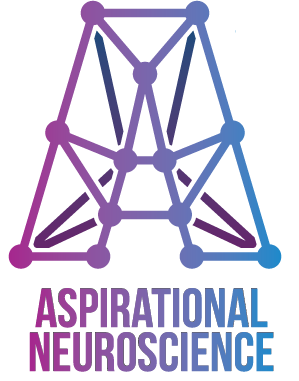Xiong, Q., Znamenskiy, P., & Zador, A. M. (2015). Selective corticostriatal
plasticity during acquisition of an auditory discrimination task. Nature, 521(7552), 348-351.
https://www.nature.com/articles/nature14225
In vivo: AAV-ChR2 injected into left ACx (widespread infection), optical fibers and
tetrodes implanted into left auditory striatum. Optical pulses activated ACx->striatium axons and
LFP response could be measured via tetrodes. If synapses strengthened due to learning then
optical->LFP response (slope, see Fig 1d) would show it. Learning: “…all animals in this cohort
were trained to associate low-frequency sounds with rightward choices (LowRight), and all
recordings were performed in the left striatum.” Result: “We found that potentiation was
restricted to sites tuned to low-frequency sounds…”
In vitro: Authors mapped tonotopy of ACx projection onto striatum: “Cortical axons terminated
in the striatum in distinct bands, with cortical projections tuned to high frequency sounds
terminating more laterally in the auditory striatum and projections tuned to low-frequency
sounds more medially.” Then performed optical->LFP measurements in vitro in coronal slices
cut from the animal brain post mortem. This allowed measurement of synaptic strengthening to
both low and high frequencies. Results: Animals trained in the LowRight task could be
distinguished on an individual basis by looking at the gradient of synaptic strength across the
tonotopic axis in the slice as measured by the ChR2-LFP slopes.
Rat auditory cortex and striatum

Direct measurement of synaptic potentiation in a particular subset of auditory cortex
to striatum synapses associated with learned task. Demonstration that post-mortem slice
measurements of synaptic strength can distinguish between experimental learning groups.
“Finally, we wondered whether the direction of the stimulus–response association could
be inferred on the basis of the sign of the ChR2-LFP gradient in individual animals. Remarkably,
the training history (LowRight versus LowLeft) of every rat (14 out of 14) could be correctly
inferred from the sign of gradient in a single slice (binomial test P = 0.00006, Fig. 4h). The
correlation between synaptic strength and tonotopic position reached statistical significance (P <
0.05) in 6 out of 14 slices. Thus post-mortem study of corticostriatal efficacy can reliably reveal
the training history of individual subjects.”
Associated paper (*2023 Co-Winner!*): (Ghosh & Zador 2021). Corticostriatal Plasticity Established by Initial
Learning Persists after Behavioral Reversal
https://www.ncbi.nlm.nih.gov/pmc/articles/PMC7986528/
